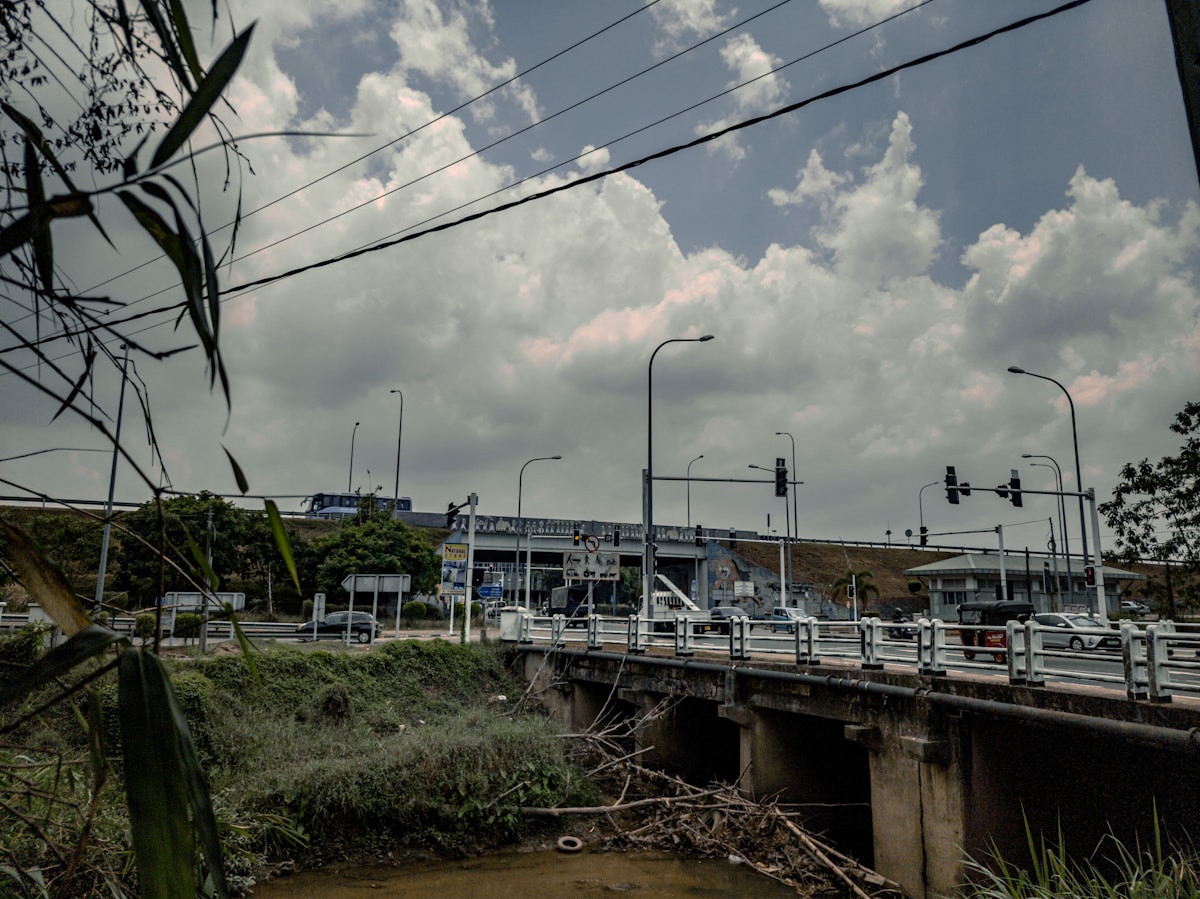Back to Industry News
General
Dagens industri:
Summary generated with AI, editor-reviewed
Heartspace News Desk
•Source: Dagens industri

Photo by Samithu Siriwardana on Unsplash
Stay updated on stories like this
Key takeaways
- The growing societal dependence on technology is fueling demand for more robust infrastructure and revolutionizing warfare through autonomous systems, according to Dagens industri
- Henry Nilsson, CCO of Eltel, a critical infrastructure construction and maintenance firm, emphasizes the interconnectedness of these systems
- He notes that failures in communication networks can cascade and impact the power grid, and vice versa
The growing societal dependence on technology is fueling demand for more robust infrastructure and revolutionizing warfare through autonomous systems, according to Dagens industri.
Henry Nilsson, CCO of Eltel, a critical infrastructure construction and maintenance firm, emphasizes the interconnectedness of these systems. He notes that failures in communication networks can cascade and impact the power grid, and vice versa. Marcus Wistrand, Key Account Manager at Eltel, observes a rising client trend of requiring systems capable of functioning effectively during both routine operations and crisis situations. Nilsson further stresses the importance of redundancy, advocating for strategies like geographically diverse data storage and alternative network connections. Eltel prioritizes resilience when developing new infrastructure, such as solar parks and data centers, often adhering to stringent international standards like the Uptime Institute's Tier 4.
Concurrently, unmanned ground vehicles (UGVs) are transforming the modern battlefield. Stefan Behre, Sales Manager at Milrem Robotics, explains that these AI-powered autonomous vehicles facilitate improved decision-making and enhance operational effectiveness on the ground. Behre states that the deployment of these systems can achieve a "First contact no blood" scenario, minimizing risks to human soldiers. Milrem Robotics, which supplies adaptable unmanned systems to over 20 countries, highlights the ability of its robots to operate continuously in challenging environments, performing diverse tasks ranging from logistical support to weapon platform deployment.
Related Topics
critical infrastructureautonomous systemsUGVMilrem RoboticsElteldigitalizationelectrification
Never miss stories like this